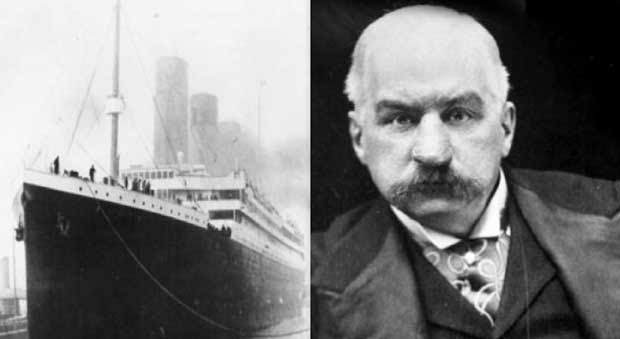 |
| Credit: Vasin Lee/Shutterstock |
Teruaki Enoto, a physicist at Kyoto University in Japan, proved for the first time, in a paper published Nov. 23, that lightning bolts work as natural particle accelerators. Enoto and his co-authors' results confirm for the first time speculation dating back to 1925 about this phenomenon. Back then, scientists suggested that energized, radioactive particles might zip through the booms and flashes of a thunderstorm. Those particles emit energy at precise wavelengths, which Enoto and colleagues are the first to detect. [Electric Earth: Stunning Images of Lightning]
Here's what that means:
When lighting strikes, electrons shoot screamingly fast between clouds and Earth's surface (or between two clouds). But the particles don't travel through empty space. Along the way, they crash again and again into atmospheric gas molecules. All those collisions heat the gas into a state called plasma, which glows with blackbody radiation (a type of electromagnetic radiation given off by some opaque objects).











